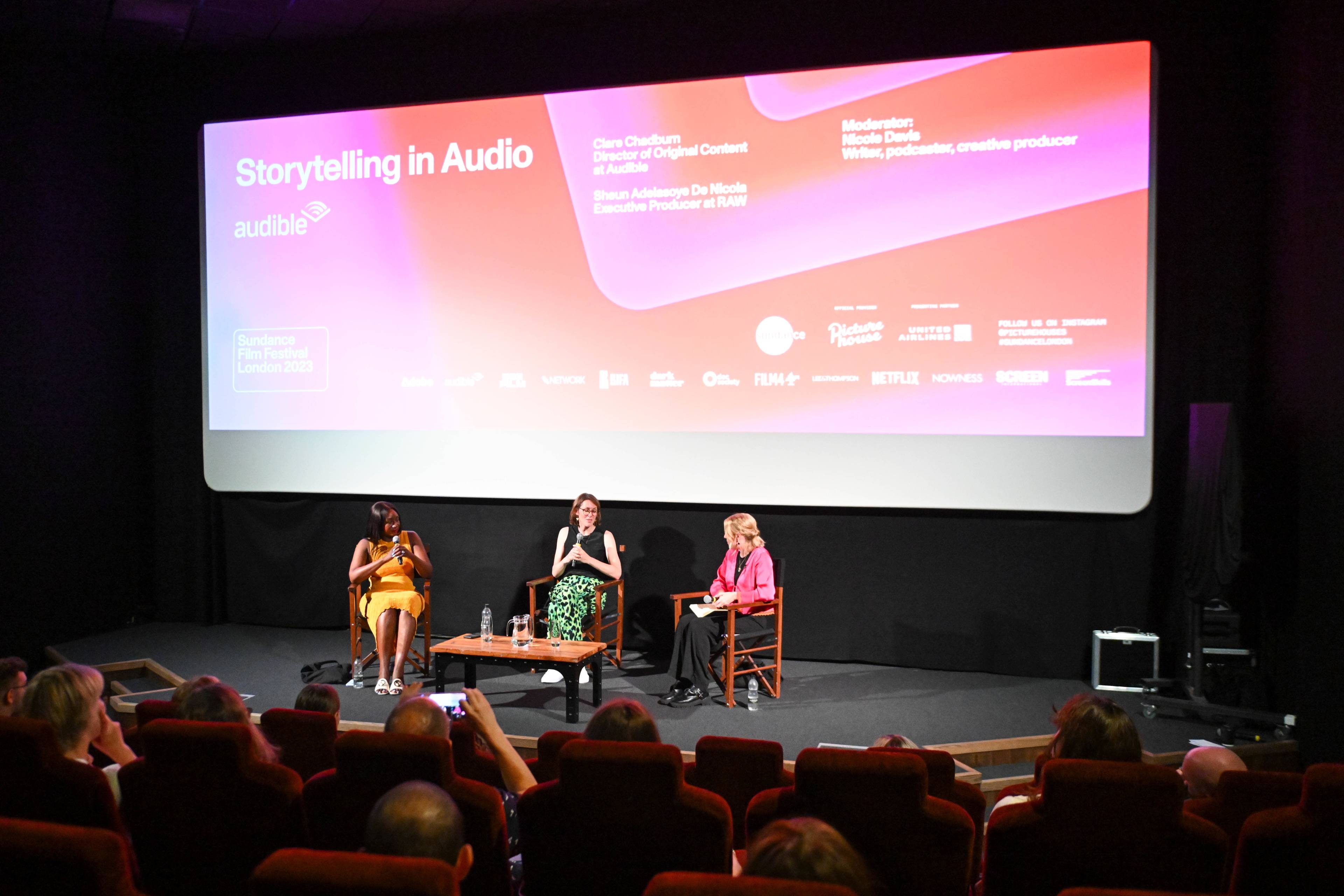Audio has become immersive in ways never imagined before. Binaural sound is at the forefront of creating innovative and immersive listening experiences. However, we are only scratching the surface of what a binaural signal can be encoded to be. So, what is it?
Binaural sound is a specific stereo technique that captures audio to give listeners a sense of space and distance in a 360 ° sphere. It gives the illusion that listeners are submerged in the space that the story is taking place in, as it takes the shape of the head into consideration.
It was first introduced in the late 1800s, when theatre performances could be listened to through two headphones. However, this was put on the back burner with the introduction of stereo and the requirement of needing headphones for binaural. Technology has since caught up, and binaural is on the rise again.
How does it work?
Binaural literally means “having or relating to two ears”. Most animals have 2 ears, which is an evolutionary advantage that has allowed for the accurate localisation of sound in a 3D environment. The head-related transfer function (HRTF) explains this. Sound waves from their source are dispersed and transformed by the shape of the head, ears, shoulders, and body before entering the ear canal, allowing us to hear. This transformation manipulates the sound waves, and using the disparity heard between the two ears, our brains are able to pinpoint the sound due to each ear’s distinct perception.
Binaural sound uses this adaptation when recording audio. There are two considerations: time and level. The interaural time difference is the interval of time between when one ear hears a sound and when the other ear hears the sound. The interaural level difference is how volume and pitch are distributed between the 2 ears.
How is it recorded?
Currently, there are two ways: in-ear microphones and a dummy head. The in-ear microphones look like headphones and use the head of the wearer to capture a 3D rendition. The listener will hear exactly what the wearer is hearing on the day of recording. A dummy head is the golden standard and is a fake head with four microphones per ear canal, meaning there are eight in total. This is the best catch-all for all human heads, as they can vary according to different factors such as age and gender.
Immersive audio is the current frontier. The future is about continuing to push the boundaries of what can be achieved sonically. Exploring the possibilities of telling a story, eliciting emotions, and conveying those emotions to an audience.
Experience the immersion first-hand in our What is Binaural Sound? video (headphones recommended):
What is Binaural Sound?




